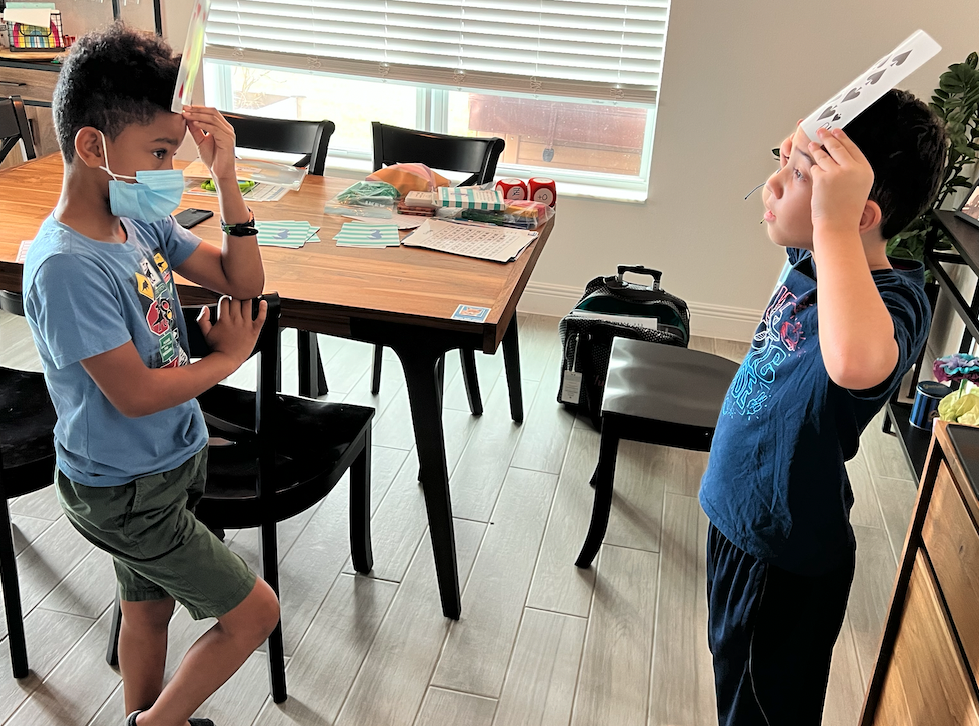Salute: A Game to Practice Math Fact Fluency
Computational fluency in continues to be an area of struggle for many students. When I speak with math teachers, among their top complaint is that students do not come to them “fluent” in the fact from the previous grade level(s). I put fluent in quotes before, because often times the conversation revolves around automaticity and memorized basic facts, not true fluency. While automaticity can be a result of fluency, they are not synonymous. The National Research Council (2001) defines procedural fluency as including accuracy, efficiency, flexibility, and appropriate strategy selection. Procedural fluency actually encompasses computational fluency and basic fact fluency - though that’s a blog post discussion for another day. The bottom line is that in order to help students to become truly fluent we have to give them authentic opportunities to practice strategies, which is what helps them to develop accuracy, efficiency, flexibility and appropriate strategy selection. A great way to practice is through games. Games are engaging for learners of all ages and make for more authentic practice than timed drill worksheets. You may be interested in checking out some of the other games I’ve blogged about that help with fluency including Oh No 99, Contig and Splat!
Salute
Salute is a student favorite for fluency practice. This can be a great game for family game night, for centers within a classroom or for small groups. In their book Math Fact Fluency, Jennifer Bay-Williams and Gina Kling include the directions to Salute as well as many other engaging, valuable games. You can also access free printables on the Math Fact Fluency Companion Website.
Materials
A deck of cards (extra large decks can be even more fun) with Kings and Jacks removed (Ace = 1, Queen = 0)
Group of 3 players (possibly 4 if you are using a variation).
Student recording sheet or dry erase board and writing utensil.
How to Play
Determine a leader of the group. The leader controls the deck of cards. Be sure to keep it face down.
The leader gives the other players each one card. The players place the card on their foreheads facing out without looking at their own card.
The leader says the sum of the 2 cards.
The other players determine the value of the card on their own head based on hearing the sum and seeing the other addend on their opponent’s head.
Both players share how they determined their numbers, then the cards are discarded.
The player to the right of the leader becomes the leader for the next round.
Continue playing until the deck is gone.
Meeting the Needs of All Students
The game can be varied so it is engaging and beneficial for varying levels of students. Here are some ideas, and please share your own ideas as well.
The leader says the product instead of the sum so students are practicing multiplication/division instead of addition/subtraction.
Use only select cards such as 1-5 for struggling learners or to focus practice on specific facts.
Include a 4th player so the leader must find the sum of 3 cards and the players must find the value of their card by subtracting the 2 other players cards from the named sum.
Score points by awarding all the cards to the player who answers first with the correct number.
Use ten frame cards instead of playing cards.
Have student record related facts on the Student Recording Sheet found on the Math Fact Fluency Companion Website.
Play the game online using a Jamboard, also available on the Math Fact Fluency Companion Website.

